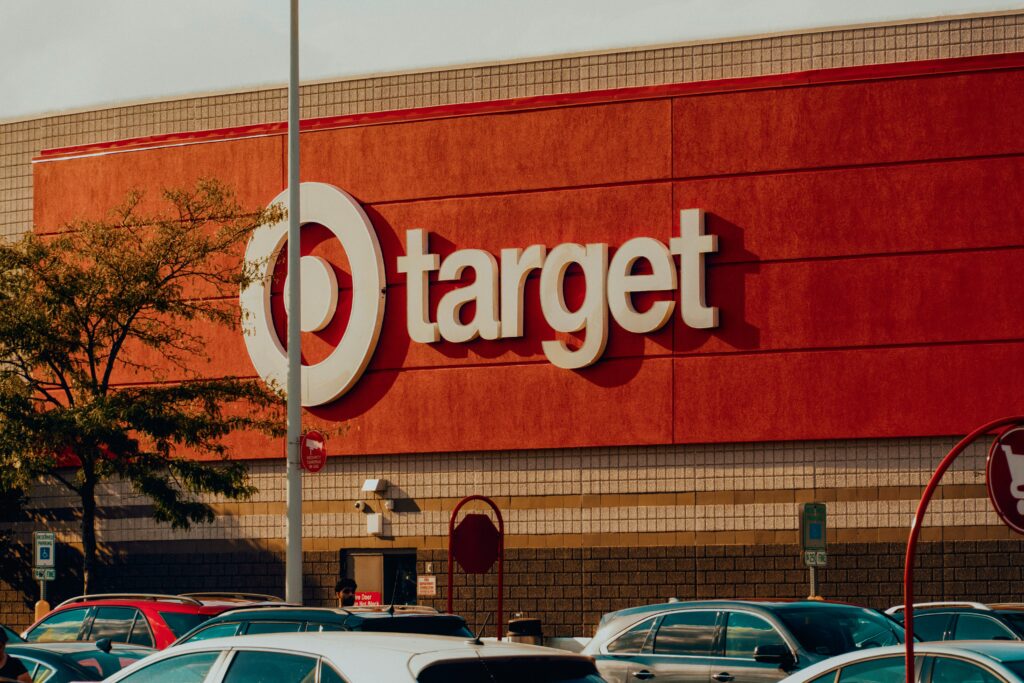
Target Canada’s ERP-Fueled Collapse: A Cautionary Tale of Fast Expansion
Introduction: The Retail Launch That Crashed and Burned
In 2013, U.S. retail giant Target made a bold and highly anticipated move into the Canadian market. More than 100 stores opened within two years, backed by a strong brand and eager shoppers.
But by 2015, it was over.
Target Canada shut down operations, losing over $2 billion, laying off thousands, and walking away from a retail disaster that became a textbook case in over-expansion.
At the heart of this collapse? A deeply flawed ERP implementation built on inaccurate data, unrealistic timelines, and untested systems that turned a promising launch into a logistical nightmare.
The Root Cause: An ERP System That Couldn’t Keep Up
Target Canada deployed a customized SAP-based ERP platform built from scratch to support its Canadian expansion. But the system wasn’t ready for scale or reality.
Instead of powering efficient retail operations, the ERP system:
- Delivered inaccurate inventory data
- Failed to connect warehouses to stores effectively
- Left shelves empty, despite products being in the system
- Created store-level chaos during the company’s most critical phase
“Tech is only as strong as the data and discipline behind it. ERP without integrity becomes a liability.”
The Breakdown: Why Target Canada’s ERP Strategy Failed
1. Bad Data Across the Board
Target entered thousands of SKUs, vendor records, and pricing tables manually, often with errors. At one point, up to 70% of product data was inaccurate, causing cascading failures in stock availability and order routing.
2. Unrealistic Timelines
Opening 100+ stores in under two years left no time for testing, training, or stabilization. The ERP system went live before basic supply chain functionality was fully operational.
3. Inexperienced Teams
Target assigned internal teams and external vendors who lacked experience with large-scale retail ERP implementations. Especially in a new market with unique regulations and logistics.
4. Over-Engineered and Inflexible Systems
The ERP platform was heavily customized, difficult to adapt, and not designed to handle localized needs across Canada’s provinces and diverse retail markets.
The Real-World Fallout
-
Shelves remained bare in stores, despite having product in warehouses
- Customers lost trust, and foot traffic plummeted
-
$7 billion spent on the Canadian expansion
-
17,600 employees lost their jobs
- In 2015, Target Canada filed for bankruptcy and exited the market entirely
This wasn’t just an ERP issue, it was an operational collapse rooted in tech that couldn’t deliver on strategy.
Lessons from Target’s ERP Collapse
✅ Don’t Scale Without Operational Readiness
Rapid expansion can only succeed if systems, people, and processes are ready to support the growth. Tech must enable the strategy, not race ahead of it.
✅ Data Quality Is Non-Negotiable
ERP platforms rely on accurate, clean, and complete data. If flawed data enters the system, the damage ripples across procurement, inventory, pricing, and fulfillment.
✅ Go Slow to Go Far
A phased rollout could have revealed system issues early. Instead, the company opted for a fast national launch and paid the price.
✅ Don’t Let Ambition Outpace Execution
Target had the brand and the budget. What it lacked was realistic implementation discipline. Ambition must be backed by operational strategy and execution maturity.
Why This Case Still Matters
Target Canada remains one of the most well-documented ERP-related failures in modern retail history. It shows how critical backend systems can determine the success or collapse of entire market expansions.
For any organization scaling across geographies or launching new business models, this case is a clear warning:
Digital infrastructure is not optional. It is foundational.
Planning to scale your operations or enter a new market?
→ Join The Community
Final Thought
ERP isn’t just a back-office system, it’s the engine behind every customer experience. Target’s Canada rollout proves that rushing core systems can destroy even the strongest brands.
Tech must serve the mission and not be rushed.
